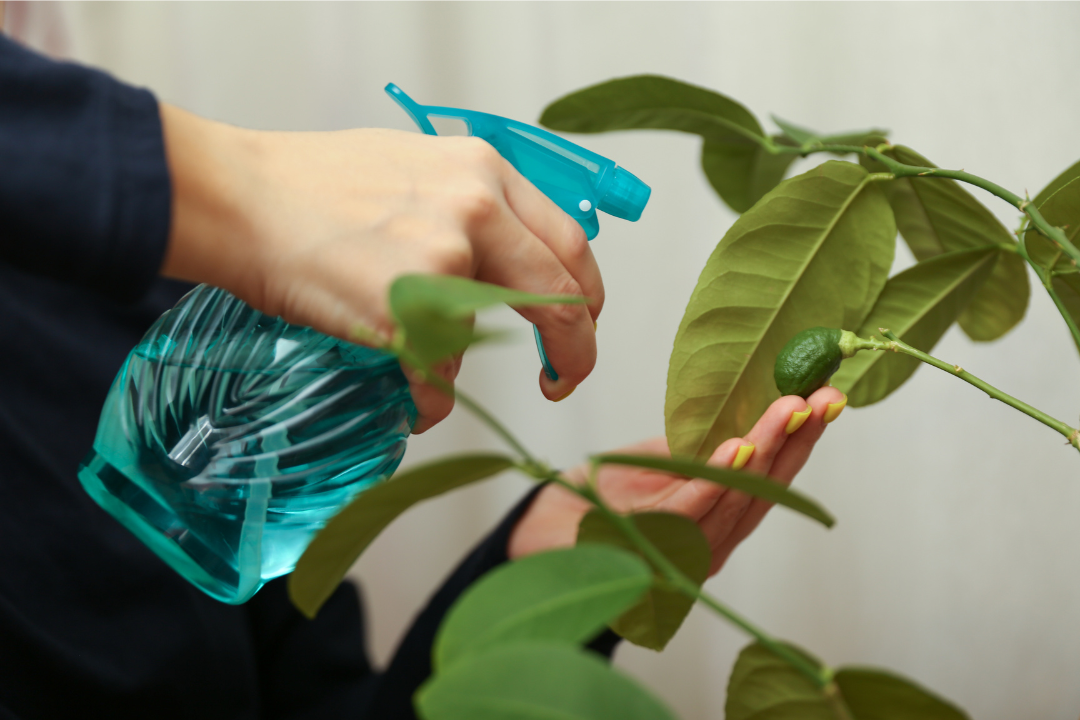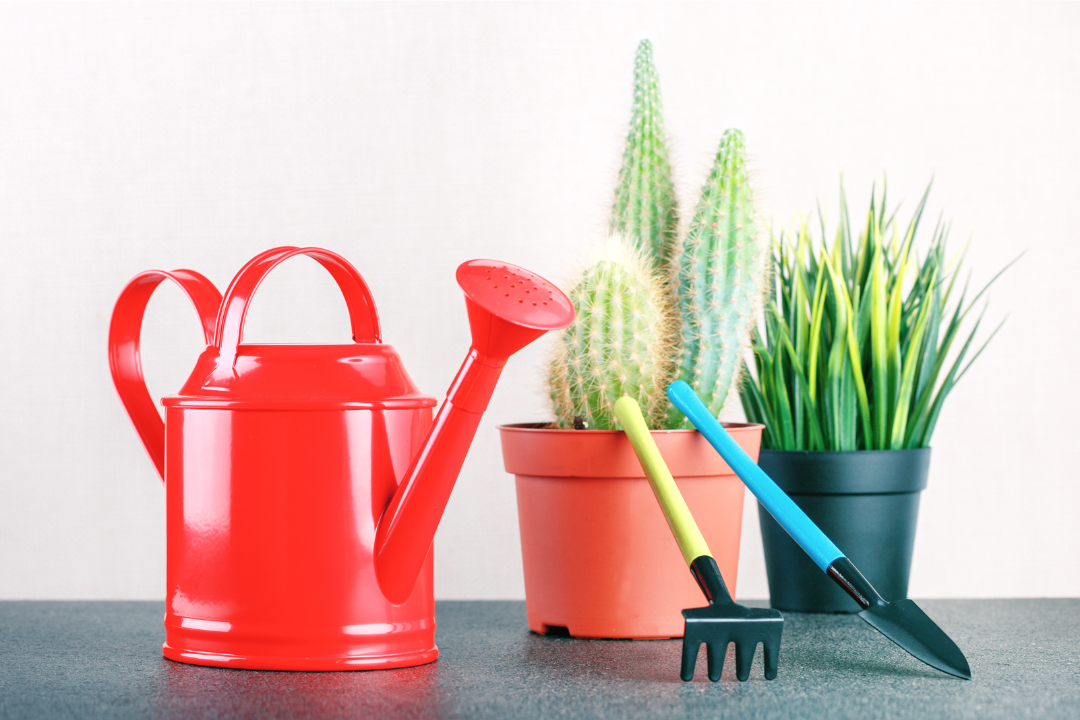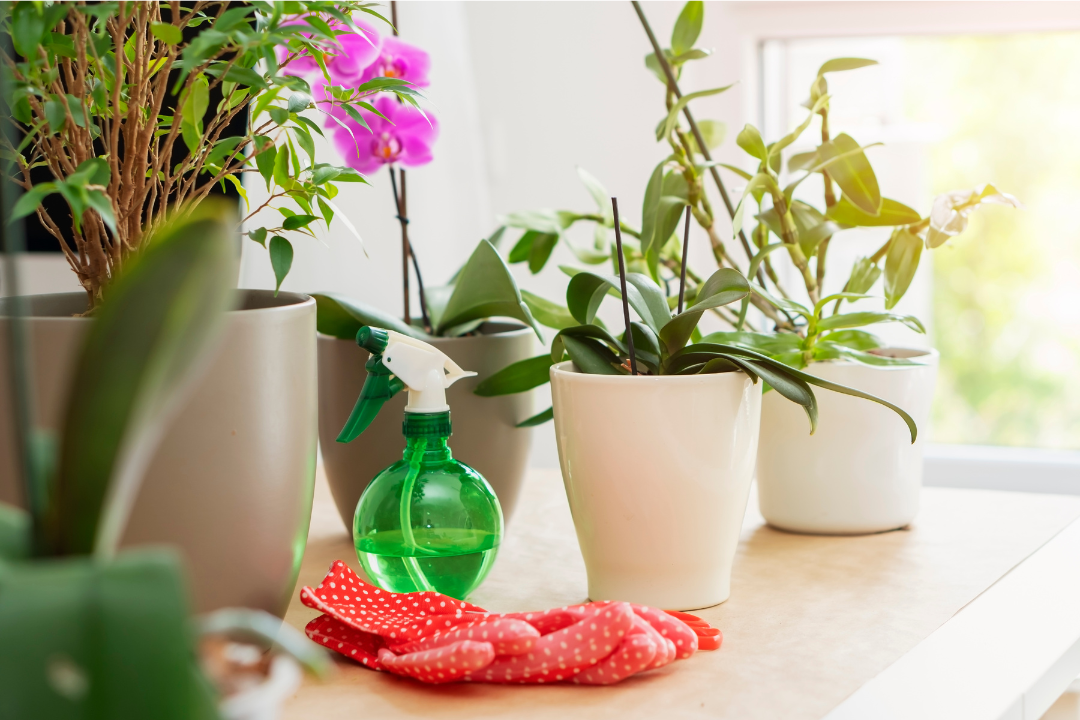Introduction:
Indoor plants not only enhance the aesthetics of our living spaces but also bring a touch of nature indoors, creating a healthier and more vibrant environment. However, caring for indoor plants requires more than just occasional watering. With the right knowledge and techniques, you can ensure that your indoor plants thrive and flourish. In this comprehensive guide, we'll explore everything you need to know to care for your indoor plants effectively.
Choosing the Right Plants:
Before diving into the care routine, it's essential to select the right plants for your indoor space. Consider factors such as light levels, humidity, and available space. Some popular indoor plants that are relatively easy to care for include:
-
Snake Plant (Sansevieria): Known for its low maintenance and air-purifying qualities, the snake plant thrives in low light conditions.
-
Pothos (Epipremnum aureum): Pothos is a versatile plant that can tolerate low light and irregular watering, making it perfect for beginners.
-
ZZ Plant (Zamioculcas zamiifolia): With its glossy, dark green leaves, the ZZ plant is highly resilient and can survive in low light environments.
-
Peace Lily (Spathiphyllum): This elegant plant prefers
-
indirect light and regular watering, making it an excellent choice for bathrooms or other humid areas.

Lighting Requirements:
Proper lighting is crucial for the health of indoor plants. Most indoor plants fall into one of three categories based on their lighting needs:
-
Low Light: These plants thrive in areas with minimal natural light, such as north-facing windows or corners of a room. Examples include snake plants, ZZ plants, and peace lilies.
-
Medium Light: Plants that prefer moderate or indirect light can be placed near east or west-facing windows where they receive gentle sunlight. Pothos and spider plants are examples of plants that do well in medium light conditions.
-
Bright Light: Some plants, such as succulents and cacti, require bright, direct sunlight to thrive. South-facing windows typically provide the brightest light indoors.
Watering:
Overwatering is one of the most common mistakes made by indoor gardeners. To avoid this, follow these watering guidelines:
-
Check Moisture Levels: Before watering, check the soil moisture by inserting your finger into the soil. If it feels dry to the touch, it's time to water.
-
Watering Frequency: The frequency of watering depends on factors like plant species, pot size, and environmental conditions. In general, water when the top inch of soil feels dry for most plants.
-
Watering Techniques: Water the soil directly at the base of the plant, avoiding the leaves to prevent fungal diseases. Ensure proper drainage by using pots with drainage holes and emptying excess water from saucers.

Humidity and Temperature:
Indoor environments can be dry, especially during the winter months when heating systems are in use. Increase humidity levels around your plants by:
-
Misting: Use a spray bottle to mist the leaves of your plants regularly, especially during dry periods.
-
Grouping Plants: Grouping plants together can create a microclimate with higher humidity levels.
-
Humidifiers: Consider using a humidifier to increase moisture levels in the air, benefiting both your plants and your own well-being.
Maintain a consistent temperature range for your indoor plants, avoiding extremes that can stress them. Most indoor plants thrive in temperatures between 60°F to 75°F (15°C to 24°C).
Pruning and Maintenance:
Regular pruning and maintenance help keep indoor plants healthy and attractive. Remove dead or yellowing leaves to encourage new growth and prevent the spread of diseases. Prune overgrown stems to maintain the plant's shape and size. Additionally, periodically dust the leaves of your plants to remove dirt and debris, allowing them to photosynthesize more efficiently.

Pest and Disease Management:
Despite your best efforts, indoor plants may still encounter pests and diseases. Keep an eye out for common pests like aphids, mealybugs, and spider mites. Treat infestations promptly with natural or chemical-based solutions to prevent them from spreading to other plants. Avoid overwatering and ensure proper airflow around your plants to minimize the risk of fungal diseases like powdery mildew and root rot.
Conclusion:
Caring for indoor plants can be a rewarding and fulfilling experience, enhancing both your living space and your well-being. By choosing the right plants, providing adequate light, water, and humidity, and practicing regular maintenance, you can create a thriving indoor garden that brings joy and beauty into your home for years to come.
Remember to observe your plants regularly, adjusting your care routine as needed to ensure their health and vitality. With patience, attention to detail, and a little bit of green-thumb know-how, you'll soon become a successful indoor gardener, reaping the many benefits of cultivating a green oasis indoors.
Happy gardening!
